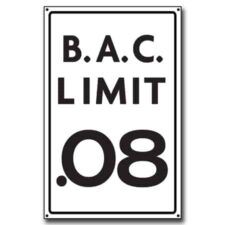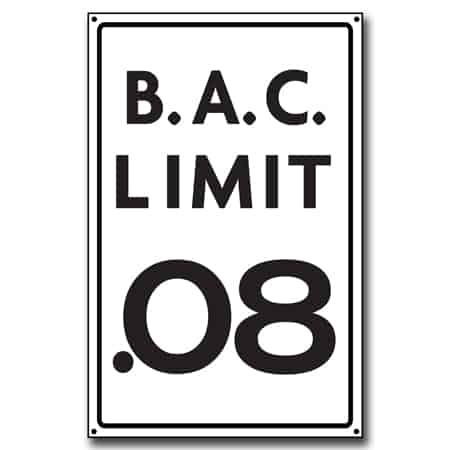 Anyone who has ever been stopped and arrested for drunk driving might wonder exactly why lawmakers choose .08 as the blood alcohol concentration (BAC) where you’re officially considered too drunk to drive.
Anyone who has ever been stopped and arrested for drunk driving might wonder exactly why lawmakers choose .08 as the blood alcohol concentration (BAC) where you’re officially considered too drunk to drive.
It began back in 2000 when President Bill Clinton signed the Department of Transportation Appropriations Act. In that act there was a provision that each state must follow a .08 BAC per se law or they’d all began losing their federal highway construction funds. Before the Act only nineteen states, the District of Columbia, and Puerto Rico had .08 as their legal BAC.
It’s been sixteen years since the per se law came into effect, and although drunk driving laws have increased the amount of people arrested for drunk driving and decreased the amount of alcohol-related crashes, there’s still a lot of work to be do to finally see an end to drunk driving. That’s why the National Transportation Safety Board (NTSB) has recommended that all states decrease the BAC to .05.
A recent Op-Ed in the Huffington Post by an Emergency room physician stated two important facts that could sway lawmakers minds about the switch from .08 to .05.
- People come into the emergency room after they’re arrested for drunk driving or are involved in a drunk driving crash and they’re surprised at what their BAC actually is. They are usually a lot drunker than they think they are
- It only takes three drinks to get to .05 BAC, and at that level your risk of crashing is 1.38 times higher than if you had a BAC of 0.00. Once you hit .08, your risk of crash is 2.69 times higher than 0.00
- .05 BAC is working in other countries. Countries like the Netherlands, France, and Germany enacted a .05 BAC and it’s stopping drunk drivers.
Although the NTSB recommends the drop and there are supporters, you have to wonder whether or not it will happen any time soon. It’s definitely to increase the number of people arrested for drunk driving, and if they’re arrested, it could make them really think about what they are doing before they put the keys in the ignition.
